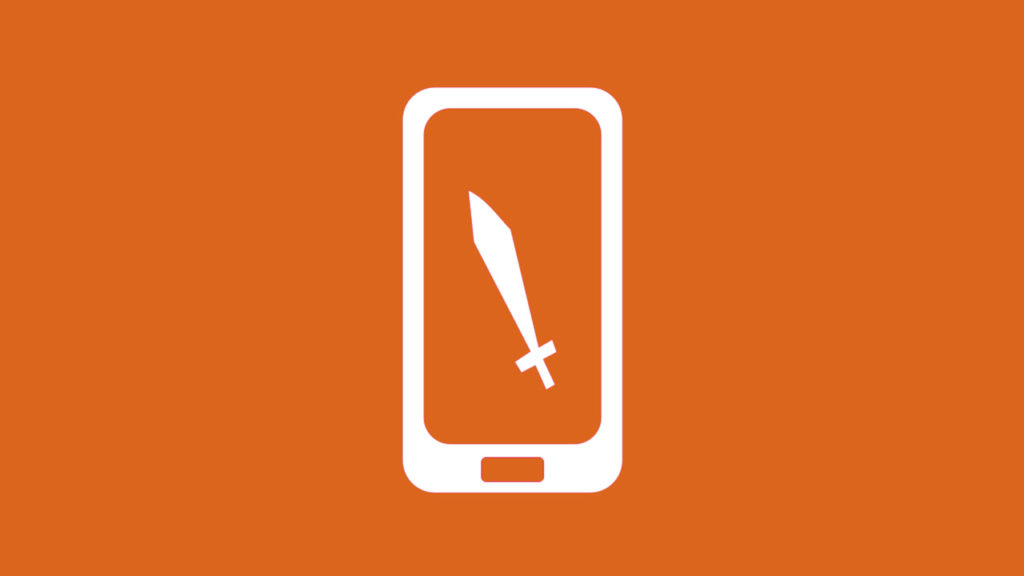A recent study from Liftoff found that more money is spent on gaming than any other form of entertainment, driven largely by free-to-play titles that offer in-app purchases (IAP) and in-game ads. But to stand out in a heavily saturated market, developers rely heavily on influencers, social word-of-mouth marketing and targeted rewarded videos in addition to key placement on app stores to acquire users. That trend is growing, and it will likely continue as the foundation for mobile game marketing for the foreseeable future. However, some companies are experimenting with other channels to acquire and engage with users, particularly when it comes to content marketing.
“I think the big shift is that a year ago, everything was performance and classic user acquisition driven. Now people need to find us on always-on media, and we’re seeing a trend of going back to some traditional forms of media in addition to your Facebook and Google buy,” Philip Hickey, EVP of brand and marketing at Seriously Digital Entertainment, told AList.
Seriously makes the Best Fiends mobile game franchise, but it transitioned into being an all-around media company last year starting with a series of animated digital shorts that are tied to in-game events. This form of content marketing, which will soon be joined by branded consumer products, continues to boost engagement with the game while encouraging audience loyalty.
According to Hickey, the mobile gaming space is starting to see fewer new titles this year. With more publishers treating their games as services, there has been increasing investment in features, engagement and retention. For this, the company also produces a digital program called “The Best Best Fiends Show,” which lets audiences know what’s new with the game and the brand overall. Each episode usually concludes with a contest and community-driven content such as shout-outs to players.
Hickey said more people have been updating their games to the latest version since the show began, which he describes as one of the best indicators of its success. Each of Seriously’s videos can be viewed from within the game in addition to YouTube, which makes it easier for players to return to playing.
For Seriously, content marketing plays a critical role in brand engagement by giving its community the opportunity to talk about their experiences. At the same time, it still relies on influencers and social media to acquire new users. However, the company is also experimenting with different channels, including radio, television, podcasts and OTT services.
“One of the keys is having a mix of media that works together and hopefully adds impressions, and that eventually brings down the cost of each acquisition by being in multiple places,” said Hickey. “It’s not as easy as doing direct, classic user acquisition, but I think the value of having all these channels and being able to reach a wide audience is well worth figuring it out. Our hope is that every one of those channels will work to some degree and we’ll be able to use them as always on marketing channels to supplement everything we do.”
Aurora Berg, co-founder and COO of the Megacool GIF sharing platform, told AList that micro-influencers are beginning to have a major impact on mobile gaming through user-generated content. In the past, sharing content from a mobile game was a difficult process, but that’s changing as devices become more powerful. Mobile gaming is taking cues from the PC gaming space, which grew significantly over the past year thanks largely to content sharing coupled with the popularity of the battle royale genre.
As a case study, Megacool was integrated into the ZeptoLab game CATS so that users could share their game footage using messenger applications such as iMessage and Whatsapp. Each GIF they shared linked to the game, which encouraged friends to join. The result was an 80 percent increase in user content activity, which led to 1.7x higher conversion rate compared to organic users. These new users also spent 2.3x more than organic users, while the game’s 14-day retention rate was 65 percent higher.
“When friends play new games because their friends are already there, retention is much higher, and with it, monetization increases,” Berg explained.
Getting one or two friends to join through recommendations has worked for services such as Spotify, which similarly lets its users share song clips on social media that link back to the platform. But game publishers can better leverage user-generated content by incentivizing its creation. For example, CATS offers users special in-game rewards for every five friends that sign up, which encourages its players to share more content with a larger group of people. Sharing content also has the added benefit of giving new users a preview of the game before they sign up, unlike CGI-based trailers.
Additionally, more games are finding ways to leverage cross-media content. Tencent purchased a stake in Playerunkown’s Battlegrounds (PUBG) developer Bluehole earlier this year. At around the same time, it acquired a minority stake in Skydance Media. It then brought the two together in August by hosting a Mission Impossible: Fallout-themed event in PUBG Mobile, with a deep collaboration that switched out the game’s background music with the movie’s while offering themed parachutes, outfits and other in-game rewards.
Hickey said that, in the end, the upside lies in the positive brand conversation with the consumers, “Part of the future of content marketing is treating it as something you want it to evolve into, treating it big and letting the community know that they can be involved in both the content and interaction. That content leads to a great conversation, which makes our game and brand better.”

